Researchers use environmental DNA to explore its potential for aquaculture monitoring in Japan’s remote Ogasawara Islands
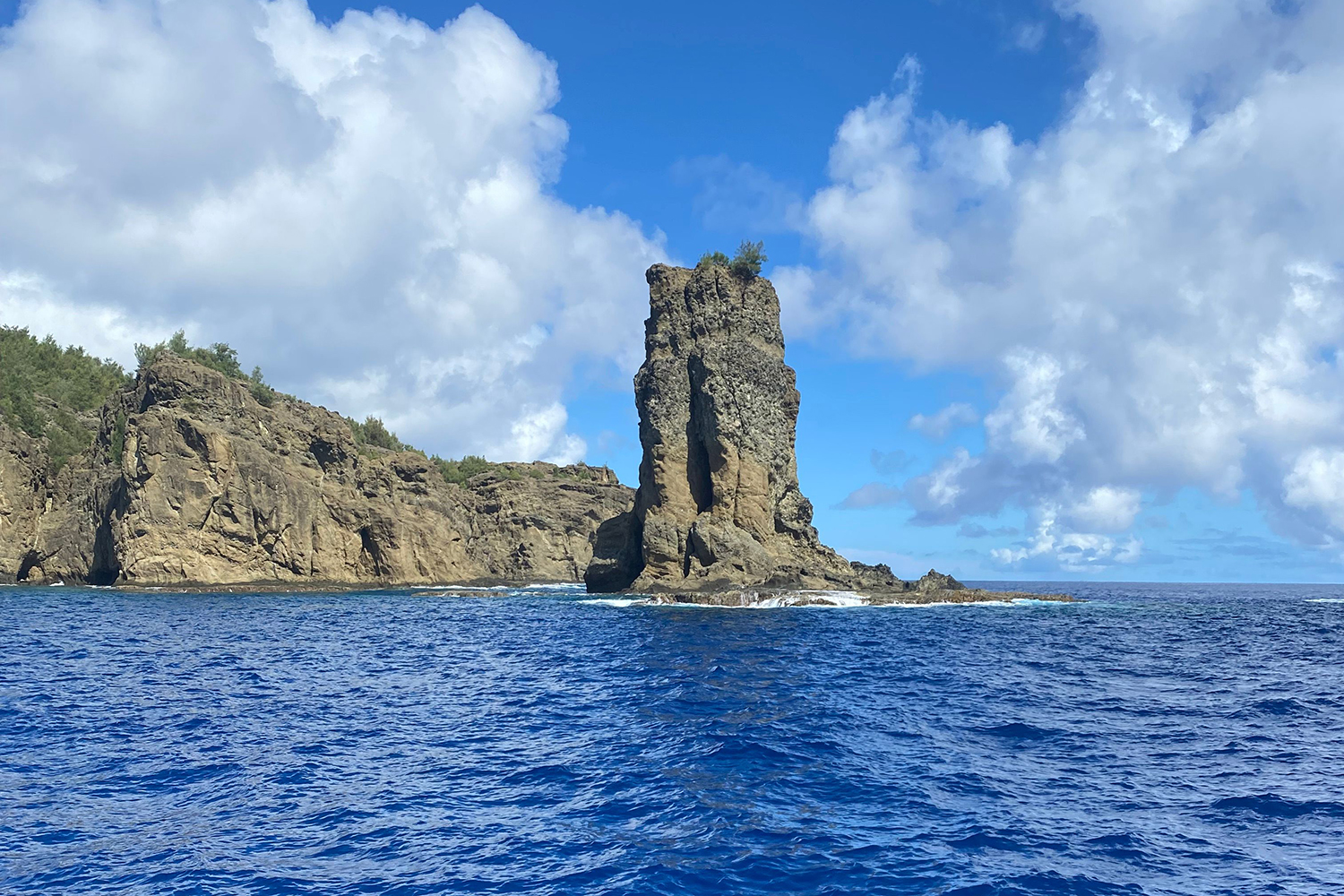
Japan’s Ogasawara Islands are an isolated chain of small, volcanic islands a thousand kilometers south of Tokyo. Because of their value as a biodiversity hotspot with many unique species, they have been dubbed the Galapagos of the East and designated a UNESCO Natural World Heritage site.
Although largely undisturbed from direct human interference, the islands are still vulnerable to shifts such as climate change, and their location makes it difficult to regularly assess their ecological health. One way to address this is with environmental DNA sequencing, or eDNA. By collecting DNA from a range of environmental samples, including water, soil and air, researchers can obtain a more detailed understanding of the species that live in an environment than would be possible if relying solely on identifying species by sight.
In 2021, a research team from the University of the Ryukyus (UR) and the Okinawa Institute of Science and Technology (OIST) in southern Japan visited the Ogasawara Islands with the goal of counting the islands’ marine diversity, including fish and coral. Their study was published in the journal Environmental DNA in February 2024. Seawater samples collected by OIST PhD student and first author of the study, Ayşe Haruka Oshima Açıkbaş, revealed 38 unique genera of coral and 124 unique fish species, with both datasets including species living outside their known ranges.
“The islands are extremely interesting from a hybridization and marine diversity point of view,” UR Professor James Reimer told the Advocate. “We wanted to investigate the diversity of very isolated oceanic islands and compare that with other areas such as mainland Japan or continental Australia. We collected seawater from nine sampling sites around Chichijima, one of the Ogasawara Islands, and extracted eDNA from these.”
“As well as a huge range of species, we also saw evidence of local coral bleaching, which is perhaps one of the biggest problems for the islands,” said Professor Timothy Ravasi of OIST. “Remote islands like the Ogasawaras are more susceptible to stress because there is less connectivity with other regions. Species are quite isolated genetically, which could make them more susceptible to environmental shifts like climate change.”
The work of Reimer, Ravasi, Oshima Açıkbaş and their team, including Prof. Nori Satoh of OIST, also showcases the impact of human development on biodiversity. The group took seawater samples from three locations along Futami Bay, which is home to the port for the main settlement. Surprisingly, structures like ports had a huge diversity of fish, said Ravasi. However, certain marine assemblages have also been drastically altered, perhaps due to extensive coastal development.
“These contrasting patterns of fish and coral assemblages could be due to species- and taxa-specific responses and vulnerabilities to environmental gradients, as well as their long-term resilience in the face of climate change and other anthropogenic impacts,” said Oshima Açıkbaş.
Is a Japanese volcano offering us a sneak preview of ocean acidification?
Could the eDNA technology used on the Ogasawara Islands be applied to other examples of human development at sea, namely aquaculture? Kailash Bohara, extension specialist-I for aquaculture and diagnostics at the University of Arkansas at Pine Bluff has been exploring eDNA as a way of monitoring pathogens in freshwater aquaculture systems. He says that it can serve many purposes in a sector that has a key role in the global food supply.
“While its most common application is surveying particular species, ongoing research explores its potential for disease and parasite surveillance, as well as monitoring harmful algal blooms,” he said. “As a non-invasive method, it’s a promising tool, particularly for disease diagnosis, while it also facilitates disease forecasting. We can forecast disease by quantifying the pathogen load based on the amount of eDNA.”
The most significant benefit of eDNA is its undemanding way of obtaining samples from different materials and substances. Monitoring efforts and costs can also be reduced significantly. Although tagging and acoustic surveys are recognized as more accurate, reliable ways of monitoring, tagging necessitates physical implantation while acoustic surveys are not yet refined enough to detect at the species level. Combining environmental DNA with these is poised to significantly enhance accuracy, said Bohara, but aquaculture will need to keep several factors in mind.
“Environmental parameters like temperature, light and salinity can influence eDNA detection,” he said. “Enzymes and chemical reactions in the water can also degrade DNA, affecting its accuracy, while another challenge is the purification and degradation of nucleic acids, which can lead to false positives or false negatives.”
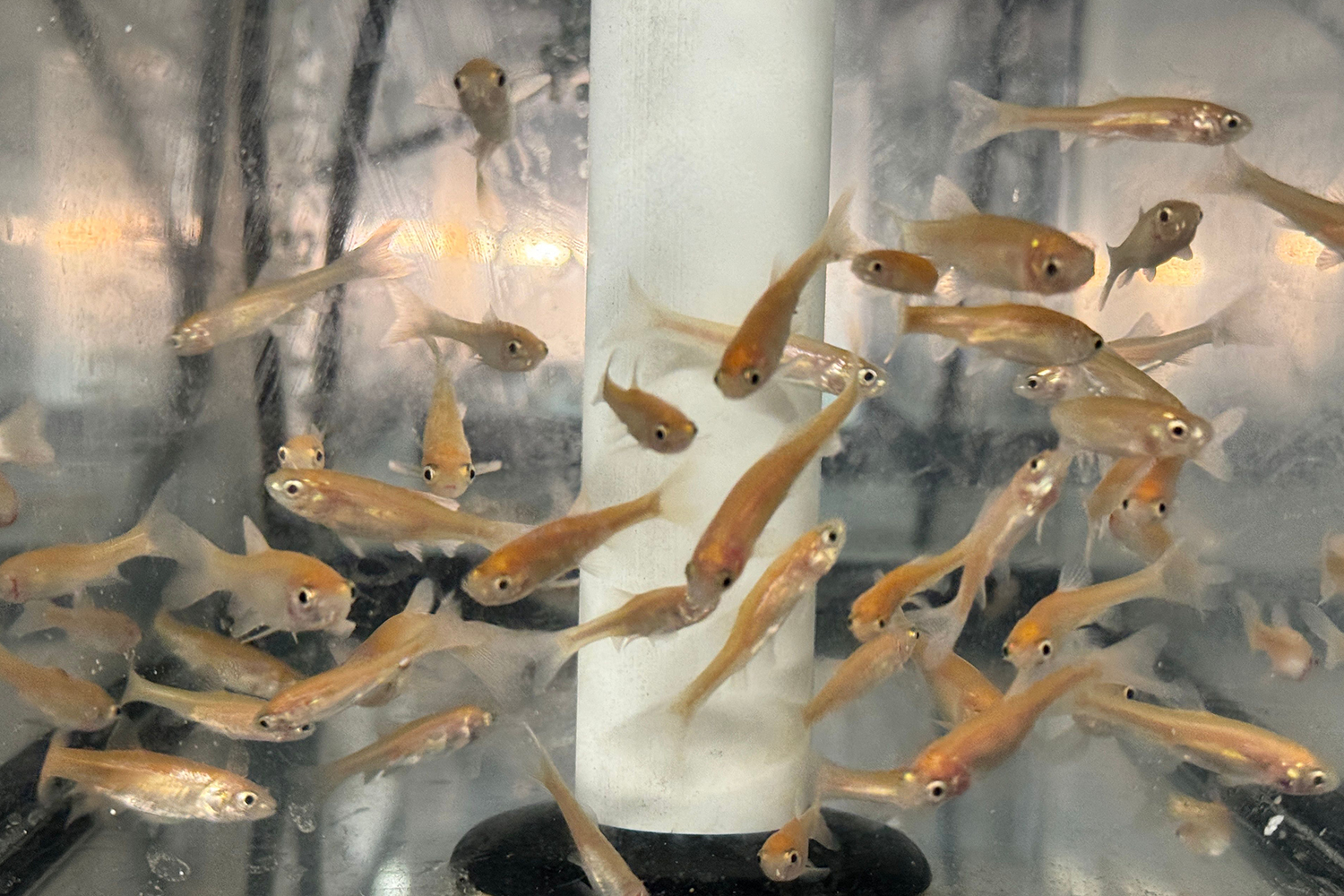
Professor Martin Llewellyn of the University of Glasgow in the UK is investigating the impact of planktonic communities on salmon farms in Scotland. He and his team are tapping into eDNA to study the environment of farmed salmon and the primary drivers behind disease and mortality.
Llewellyn agrees that although environmental DNA offers insights into the dynamics of an environment, there is no one-size-fits-all regarding the technique.
“eDNA metabarcoding is an imperfect tool, both in its ability to accurately enumerate the organisms in an environment, as well as its ability to detect specific ones,” he said. “Salmon farmers want a low-cost, reproducible way of assessing the abundance of a particular species, and more targeted approaches like qPCR may deliver this in future. There could be ways of taking an eDNA approach on farms, for example via dipstick tests in a pen or production facility. eDNA is potentially a very useful tool but there is still a discovery phase that needs to happen.”
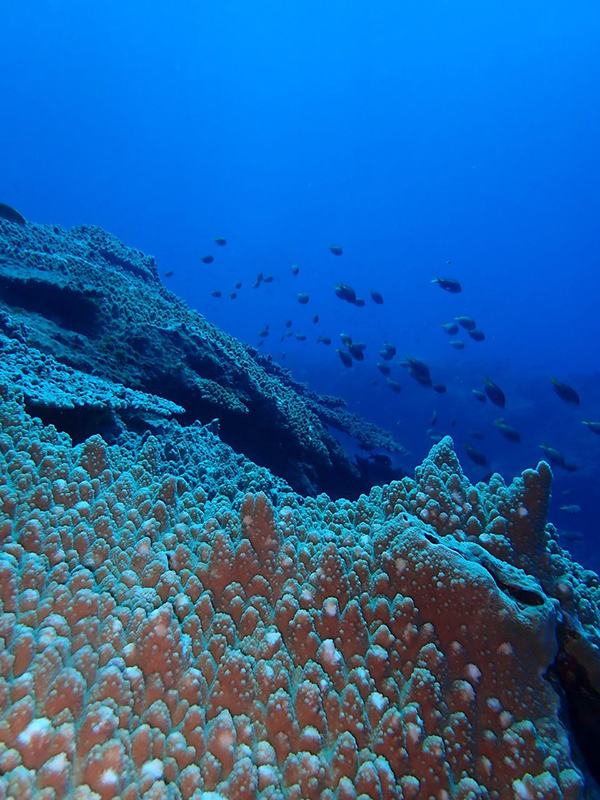
Back on the Ogasawara Islands, the UR and OIST team believes that large-scale aquaculture is unlikely, due to the islands’ remoteness and a lack of suitable space, species, and consumers. However, they say that with the help of eDNA, aquaculture can adapt in remote environments that have a unique biodiversity.
“eDNA can uncover a lot of information,” said Ravasi. “It’s a discovery platform that can help farmers collect and catalog biodiversity and help them make responsible management decisions. It can also shed light on how marine communities might change over time with climate change or coastal development.”
“Maintaining biodiversity in a marine environment hinges on minimizing pollution and reducing nutrient loads in water bodies to control algal blooms,” said Bohara. “Leveraging eDNA to monitor algal blooms, diseases and parasites can aid in predicting and addressing any excesses, while optimizing extraction and purification processes, along with understanding degradation rates, can streamline the eDNA method.”
While eDNA in aquaculture holds significant promise, one area to keep an eye on is the refinement of eDNA techniques for more accurate and reliable pathogen and algal monitoring, said Bohara, to enhance disease surveillance and management strategies. Advancements in eDNA are also likely to lead to improved methods for assessing ecosystem health, biodiversity and environmental impacts in aquaculture, shaping the future of sustainable practices.
“I’d like to see the eDNA detection of pathogens become more commonplace,” said Llewellyn. “It would also be nice to have web platforms that automatically analyze eDNA data so farms don’t have to wait for results, and enable better sharing of eDNA data. It’s only possible to understand plankton dynamics properly by comparing between different years or locations.”
The discoveries off the Ogasawara Islands underscore the importance of integrating environmental DNA into ecological research and conservation practices to address the challenges posed by human activities to biodiversity and ecosystem health, said Reimer, Ravasi and Oshima Açıkbaş. Now, the technique can offer more – helping a key sector reduce disease threats and establish timely management and control strategies.
Now that you've reached the end of the article ...
… please consider supporting GSA’s mission to advance responsible seafood practices through education, advocacy and third-party assurances. The Advocate aims to document the evolution of responsible seafood practices and share the expansive knowledge of our vast network of contributors.
By becoming a Global Seafood Alliance member, you’re ensuring that all of the pre-competitive work we do through member benefits, resources and events can continue. Individual membership costs just $50 a year.
Not a GSA member? Join us.
Author
-

Bonnie Waycott
Correspondent Bonnie Waycott became interested in marine life after learning to snorkel on the Sea of Japan coast near her mother’s hometown. She specializes in aquaculture and fisheries with a particular focus on Japan, and has a keen interest in Tohoku’s aquaculture recovery following the 2011 Great East Japan Earthquake and Tsunami.
Tagged With
Related Posts
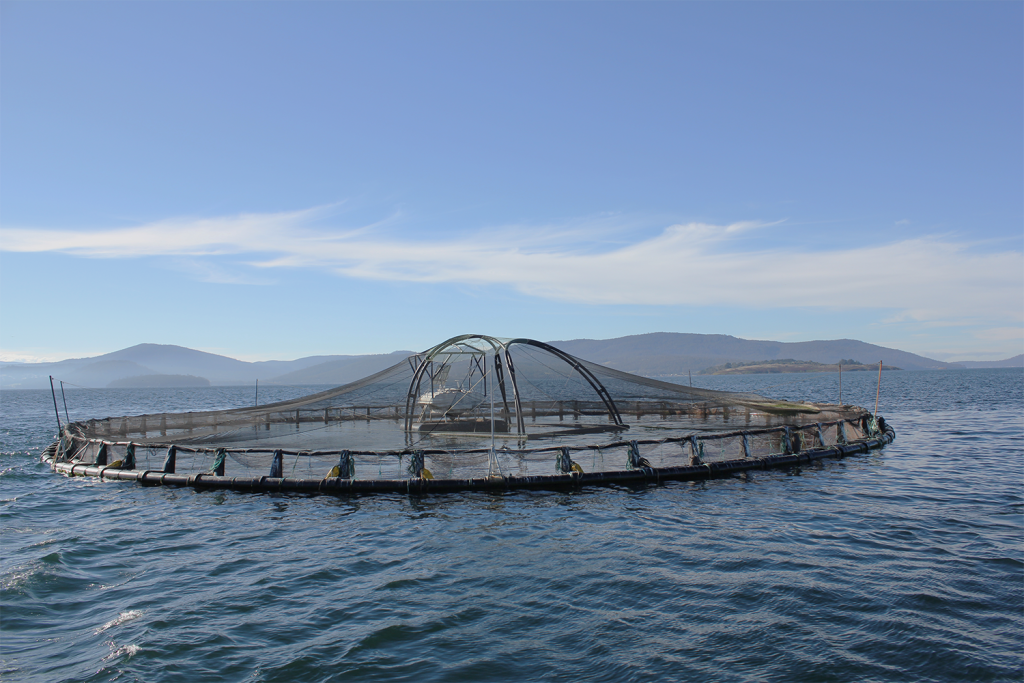
Health & Welfare
Detection and quantification of sea lice using eDNA around aquaculture locations
Novel study uses fully automated L. salmonis eDNA quantification for autonomous water sample analysis of gene targets to monitor parasitic loads.
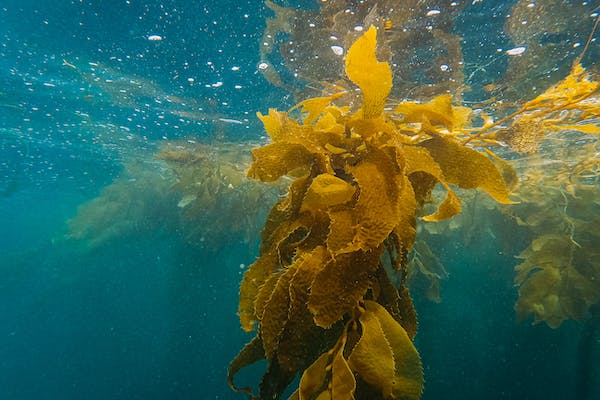
Intelligence
Can tapping into environmental DNA reveal kelp’s carbon sequestration potential?
A new global research project leverages environmental DNA to better measure and understand the carbon sequestration potential of kelp.
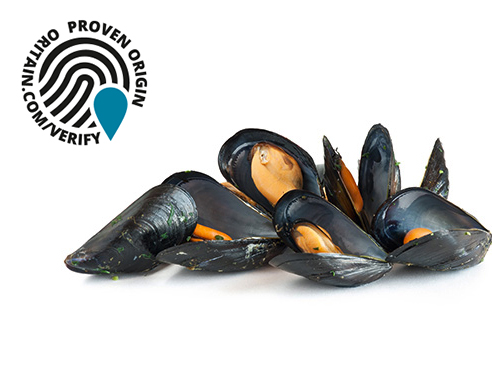
Intelligence
Can a ‘chemical fingerprint’ deter seafood fraud?
Because paper trails aren’t perfect, some food producers are going beyond written or digital records to prove their products’ authenticity and prevent economic fraud. Is farmed seafood a perfect fit for forensic-science traceability?
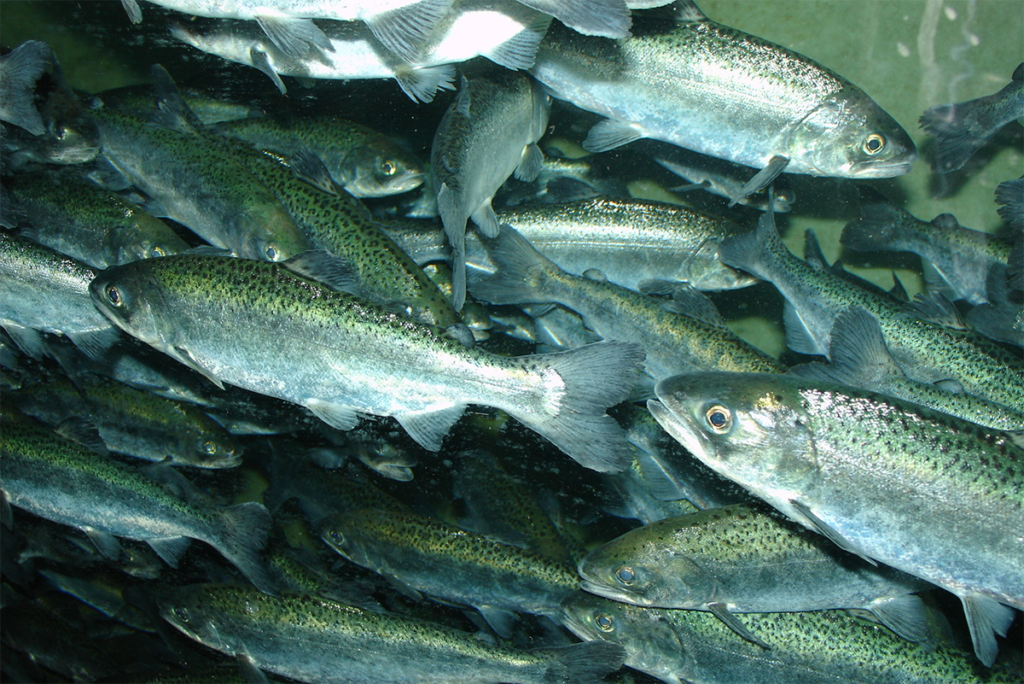
Fisheries
Environmental DNA can help understand the distribution, abundance and Health of Atlantic and Pacific salmon species
Through development and refinement, eDNA approaches will become increasingly available to managers of Atlantic and Pacific salmon fisheries.


